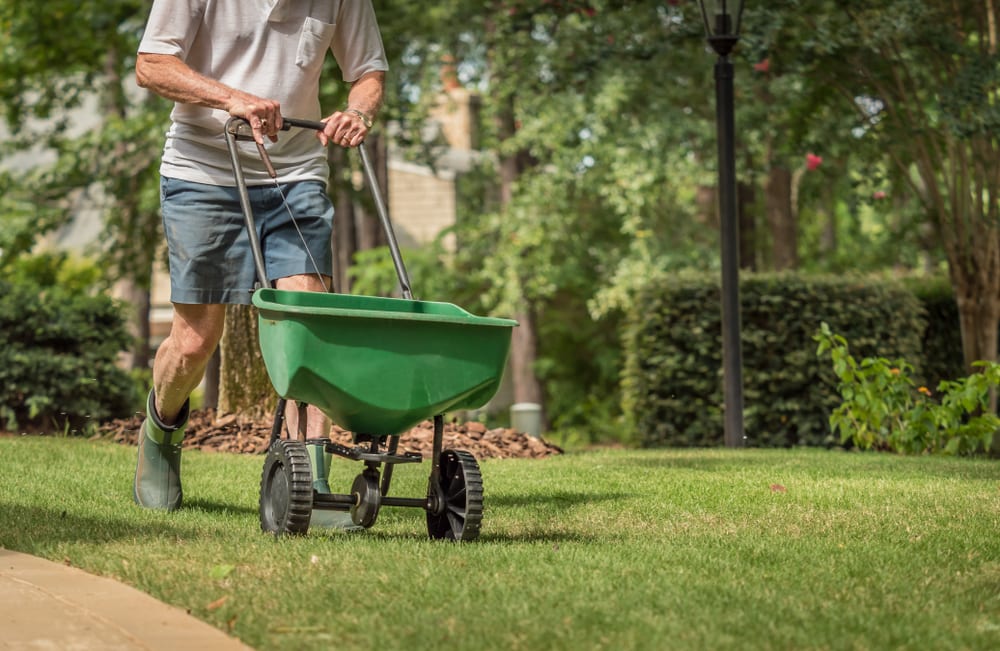How to Use Less Fertilizing in Your Landscape
Anyone who has spent time observing the natural world can see that plants thrive when they get plenty of nutrients and ample room to grow. However, not all plants require the same amount of fertilizer. Too much of a good thing can be bad for plants, especially nitrogen. When used in excess, high-nitrogen fertilizers can cause foliage to develop yellowing leaves, weak stems and roots, and a generally unhealthy look. Particularly in the warm season, plants in your landscape can benefit from a less-fertile routine. As a bonus, less fertilizer also means less lawn maintenance and a smaller carbon footprint.
Keep reading to learn how to use less fertilizing in your landscape and minimize the impact on the environment.
Tips for Using Less Fertilizing in Your Landscape
Fertilizing your lawn and plants is easy to boost your landscape, but not every plant needs fertilizer. Pay attention to signs that your soil might need fertilizer, and use the right kind of fertilizer in the right amount to avoid damaging your plants or polluting the environment.
When you’re ready to fertilize, try these tips:
1. Test your soil
Not all soils are created equal. Soil testing will accurately picture your soil’s nutrients to produce healthy lawns and landscape plants. When soil tests reveal adequate nutrients, you can cut back or eliminate fertilizer applications.
2. Fertilize only when needed
Fertilizing more often than necessary wastes resources, pollutes the environment, and may even be harmful to plants, animals, and people. Many plants don’t need any fertilizer, especially if they grow in well-amended soils with healthy populations of beneficial soil microorganisms and mycorrhizal fungi.
3. Apply appropriate amounts
More is not always better when it comes to fertilizers. Applying too much can inhibit plant growth, encourage pest problems, waste precious resources, and harm the environment!
4. Choose the right plant
Select the right plant for the right place. Choose plants well adapted to your soil conditions, climate, and available sunlight. Soil testing can help you evaluate your soil and select appropriate plants. Once planted, the right plant will grow well with minimal care, including little or no fertilizer.
5. Use mulch
Mulch using an organic material such as shredded leaves, grass clippings, or compost to reduce watering needs up to 50 percent. Organic mulches also improve soil structure and fertility over time as they decompose.
Why Use Less Fertilizer?
Fertilizer is a great way to enhance the foliage and blooms of your landscape. But overdoing it can be detrimental to your plants. Here are three reasons why you should use less fertilizer on your landscape:
- Plant roots could be damaged by excess nitrogen, phosphorus, or potassium.
- Excessive nutrients in water runoff can cause algal blooms that consume oxygen in our waterways and ultimately kill fish.
- Nitrogen from fertilizers can be converted into nitrous oxide, a greenhouse gas that contributes to global warming.
Less fertilizer can be a good idea all year round. The key to using less fertilizer is, maintaining proper irrigation and using mulch and companion planting to shield vulnerable plants from the sun and reduce the need for irrigation.
Follow us on: Facebook
